- A new coronavirus that originated in Wuhan, China, has killed at least 910 people and infected more than 40,500.
- The coronavirus is a zoonotic disease, meaning it jumps from animals to humans.
- The SARS coronavirus, which killed 774 people in the early 2000s, jumped from bats to civets to people.
- The Wuhan coronavirus is also thought to have originated in bats, which may have passed the disease to one of a few potential intermediary species, which then passed it to humans.
- Right now, pigs, civets, and pangolins are thought to be the most likely potential intermediary hosts.
- Visit Business Insider’s homepage for more stories.
The coronavirus spreading in China and the SARS outbreak of 2003 have two things in common: Both are from the coronavirus family and both were likely passed from animals to humans in a wet market.
Coronaviruses are zoonotic diseases, meaning they spread to people from animals. Because wet markets put people and live and dead animals – dogs, chickens, pigs, civets, and more – in close contact, it can be easy for a virus to make an interspecies jump.
“Poorly regulated live-animal markets mixed with illegal wildlife trade offer a unique opportunity for viruses to spill over from wildlife hosts into the human population,” the Wildlife Conservation Society said in a statement.
In the case of SARS and this coronavirus outbreak, bats were the original hosts. They then infected other animals via their poop or saliva, and the unwitting intermediaries transmitted the virus to humans.
"Bats and birds are considered reservoir species for viruses with pandemic potential," Bart Haagmans, a virologist at the Erasmus Medical Center in Rotterdam, Netherlands, told Business Insider.

In the past 45 years, at least three other pandemics (besides SARS) have been traced back to bats. The creatures were the original source of Ebola, which has killed 13,500 people in multiple outbreaks since 1976; Middle Eastern respiratory syndrome, better known as MERS, which can be found in 28 countries; and the Nipah virus, which has a 78% fatality rate.
The coronavirus started in bats, then may have jumped to pangolins
Not all coronaviruses are deadly - the ones endemic to humans, like the common cold, are often considered inconsequential. The coronaviruses that pose a pandemic risk, however, are those that hang out in animals.
"Because these viruses have not been circulating in humans before, specific immunity to these viruses is absent in humans," Haagmans said.
The coronavirus that emerged in Wuhan has so far killed more than 910 people and infected more than 40,500. When researchers compared the genetic code of the new coronavirus with other coronaviruses, they found it to be most similar to bat coronavirus samples. In fact, a study published February 3 found that the Wuhan coronavirus shares 96% of its genetic code with coronaviruses circulating in Chinese bat populations.
Experts haven't yet confirmed the intermediary animal species that enabled it to spread from bats to people, but they have some guesses.
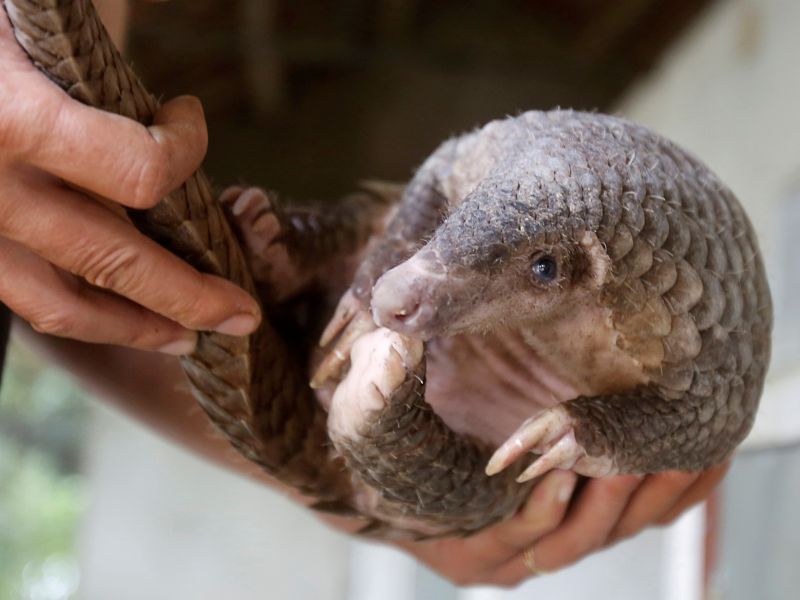
A group of researchers from South China Agricultural University announced Friday that samples of coronaviruses taken from wild pangolins - endangered mammals that resemble scaly anteaters -and those from infected coronavirus patients are 99% identical. This suggests the pangolin could have been the intermediary host, but the research has yet to be published or confirmed by other experts.
Last week, a study published in the journal Nature found that the new coronavirus shares 80% of its genome with the SARS coronavirus. Both viruses can bind to the same cell receptor, called ACE2, deep in people's lungs. ACE2 receptors also exist in bats, pigs, and civets, which suggests these three species could also be possible intermediaries.
"Direct transmission of CoVs from bats to people is also theoretically possible," according to a statement from the Johns Hopkins Center for Health Security.
In January, a group of scientists who edit the Journal of Medical Virology suggested the culprit could be the Chinese cobra, but many other scientists say that's highly improbable.
The only way to be sure about where the virus came from is to take DNA samples from animals sold at that market and other wild animals in the area.
Why bats pose such a threat
Bats harbor a significantly higher proportion of zoonotic viruses than other mammals. Bats can fly across large geographical ranges, transporting diseases as they go. That makes them an ideal host if you're a virus.
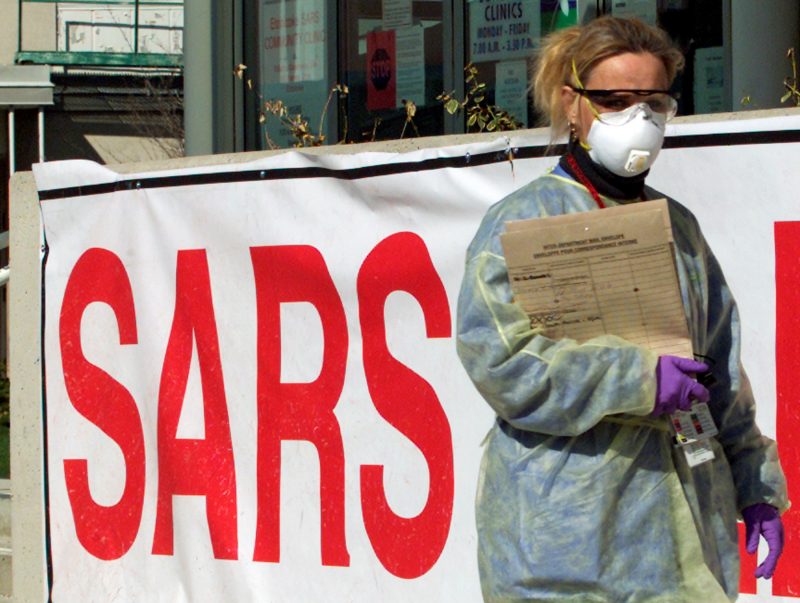
Bats pass along viruses in their poop: If they drop feces onto a piece of fruit that a different animal then eats, the creature can become a carrier.
"We know a fair amount of viruses on the World Health Organization's Blueprint list of priority diseases have either a direct or indirect link with bats," Munster said. (The list includes the SARS and MERS viruses.)
Last March, a study even predicted that bats could be the source of a new coronavirus outbreak in China.
"It is highly likely that future SARS- or MERS-like coronavirus outbreaks will originate from bats, and there is an increased probability that this will occur in China," the researchers wrote.
That's because the majority of coronaviruses - those that circulate both in humans and in animals - can be found in China. Plus, the study authors said, most of the bat hosts of these coronaviruses "live near humans in China, potentially transmitting viruses to humans and livestock."
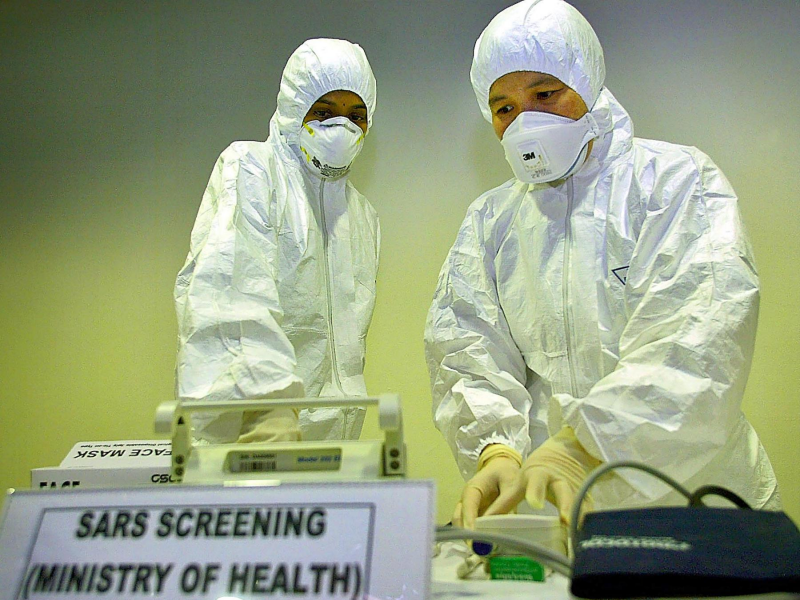
The bat population from which the SARS virus originated, for example, lived in a cave just over 1 kilometer, or about half a mile, from the nearest village.
Similarly, a 2017 study warned that "the risk of spillover into people and emergence of a disease similar to SARS is possible." The authors identified at least 300 strains of coronaviruses still circulating in bats.
How SARS, MERS, and Ebola jumped from bats to people
Here are five viruses that most likely came from bats, and how the outbreaks compare.
Researchers traced SARS to a population of horseshoe bats in China's Yunnan province. Humans caught it from weasel-like mammals called masked palm civets at a wet market in Guangdong.
From 2002 to 2003, SARS killed 774 people across 29 countries and infected more than 8,000. Patients experienced fevers, headaches, and a type of deadly pneumonia that could cause respiratory failure.
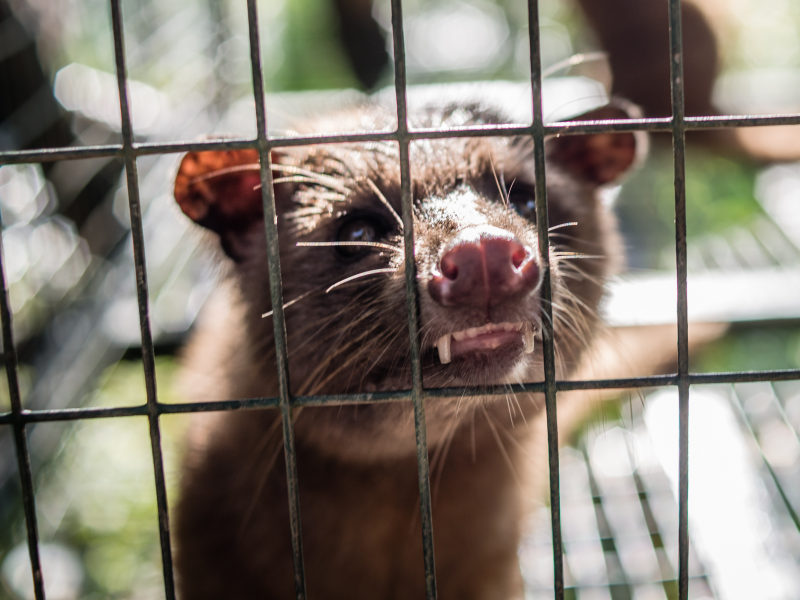
MERS, similarly, passed from bats to dromedary camels in the Middle East. That coronavirus circulated in the camel population undetected for decades before jumping to humans in 2012. So far, 858 people have died in 28 countries from the illness, which comes with fever, cough, and shortness of breath.
In Southeast Asia, fruit bats were the original hosts of the deadly Nipah virus, which emerged in Malaysia in 1998 and then again in India in 2001. The bats passed it to farmed pigs, which gave it to people. Patients experienced headaches and vomiting; many slipped into a coma and died.
Fruit bats in Africa have played a major role in Ebola outbreaks since 1976. The worst Ebola outbreak in history, however, came from a population of long-fingered bats. More than 11,000 people were killed from 2013 to 2016.
How to prevent zoonotic diseases from spilling over into people
At markets, the close proximity of shoppers and vendors to live and dead animals creates a prime breeding ground for zoonotic diseases.
"For cultural reasons in the region, people want to see the specific animals they're buying be slaughtered in front of them, so they know they're receiving the products they paid for," Emily Langdon, an infectious-disease specialist at the University of Chicago, wrote in an article. "That means there's a lot of skinning of dead animals in front of shoppers and, as a result, aerosolizing of all sorts of things."
On January 22, authorities in Wuhan banned the trade of live animals at these markets. Officials also closed the seafood market where the coronavirus outbreak might have started. On February 3, the Chinese Communist Party announced a crackdown on illegal wildlife markets and trade across the country.
Many experts support this type of intervention to help prevent the spread of viruses.
"Governments must recognize the global public-health threats of zoonotic diseases," Christian Walzer, the executive director of the Wildlife Conservation Society's health program, said in a statement. "It is time to close live-animal markets that trade in wildlife, strengthen efforts to combat trafficking of wild animals, and work to change dangerous wildlife-consumption behaviors, especially in cities."
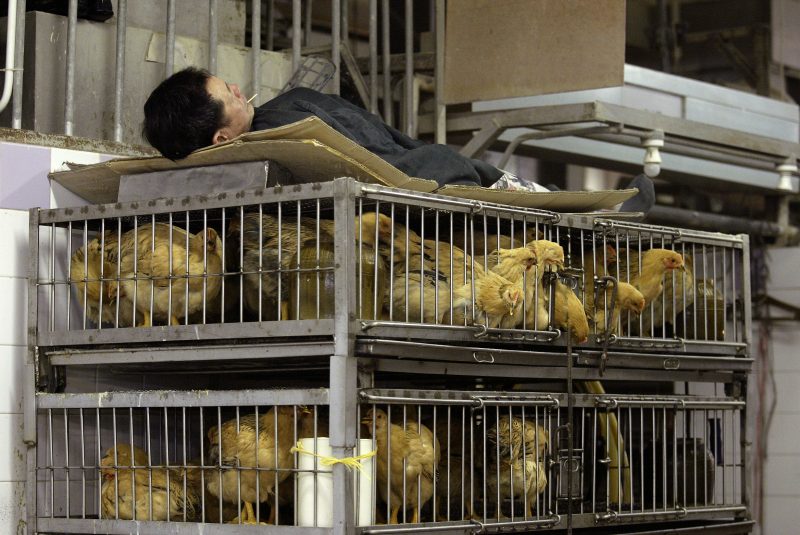
But according to Eric Toner, a senior scientist at Johns Hopkins University, more animal-to-human disease outbreaks are likely to arise, even without wet markets.
"I thought for a long time that the most likely virus that might cause a new pandemic would be a coronavirus," Toner told Business Insider. "We're in an age of epidemics because of globalization because of encroachment on wild environments."
Aria Bendix contributed reporting to this story.
- Read more about the Wuhan virus:
- Everything we know about the Wuhan virus sweeping across China
- Health experts issued an ominous warning about a coronavirus pandemic 3 months ago. The virus in their simulation could kill 65 million people.
- Wuhan, China, and at least 15 other cities have been quarantined as China attempts to halt the spread of the coronavirus.
- The Wuhan coronavirus has spread to at least 26 countries. Here's how to protect yourself while traveling.

